iPhone 15 antenna is about to take center stage, and it’s not just about signal strength. This new antenna design is a whole new game, with a focus on aesthetics, user experience, and future-proofing. It’s a balancing act between the practical and the beautiful, and it’s got us all wondering what the future of smartphone connectivity holds.
This exploration dives deep into the iPhone 15 antenna, uncovering its intricate design, the science behind its performance, and the potential it holds for the future of smartphone technology. Buckle up, because this is about to get interesting.
iPhone 15 Antenna Design
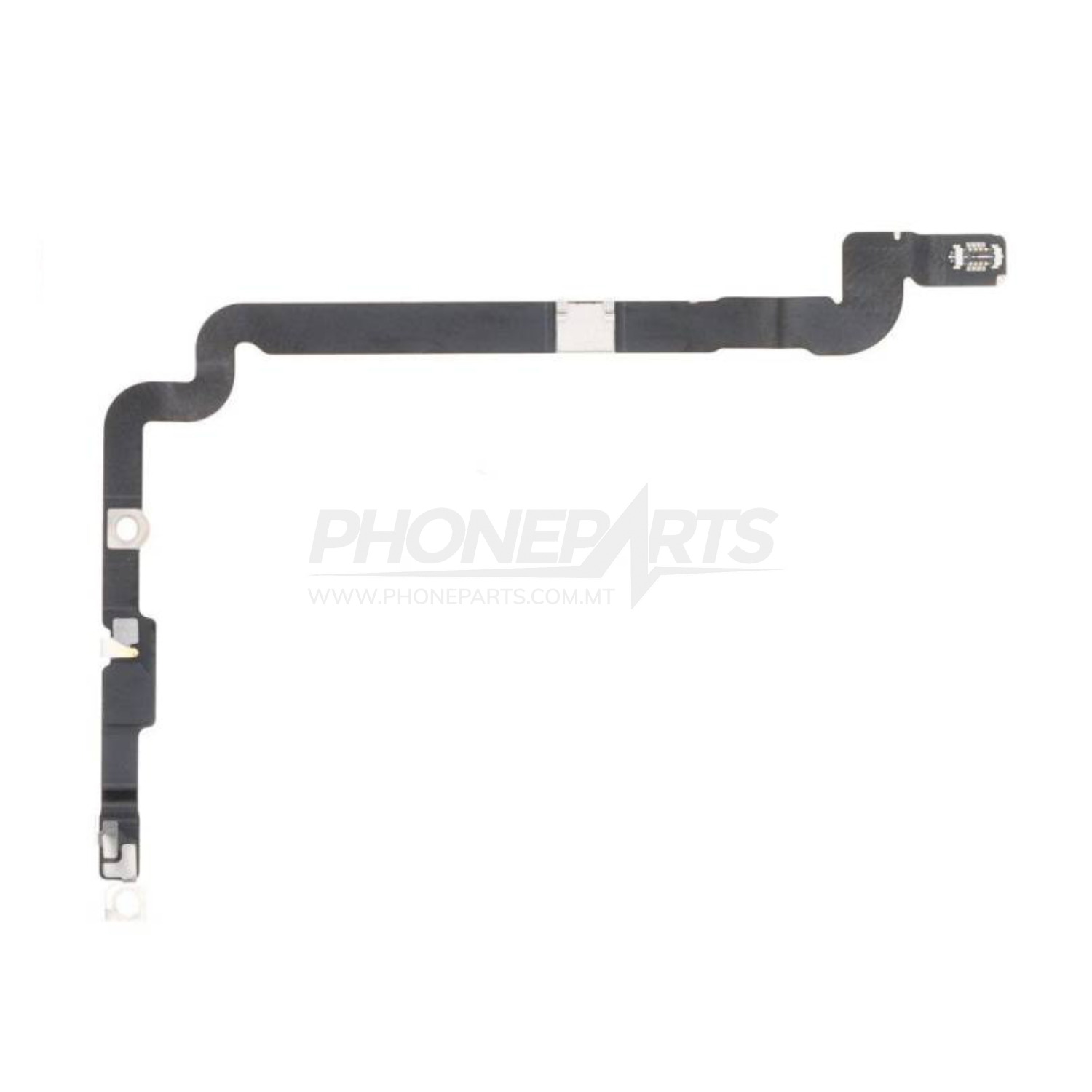
The iPhone 15 is expected to feature significant advancements in antenna design, building upon the innovations seen in previous models. Apple’s commitment to delivering seamless connectivity and optimal performance has driven the evolution of antenna technology in its devices.
Expected Antenna Design Changes
The iPhone 15 is anticipated to introduce several antenna design changes compared to its predecessors. These changes aim to enhance signal reception, improve data transfer speeds, and ensure reliable connectivity in diverse environments.
- Increased Antenna Count: The iPhone 15 may feature a greater number of antennas compared to the iPhone 14 series. This increase in antenna count allows for more diverse signal pathways, potentially leading to better signal reception in challenging environments. For instance, the iPhone 14 Pro Max already boasts five antennas, and the iPhone 15 could further increase this number, particularly with the adoption of mmWave technology.
- Improved Antenna Placement: Apple is likely to refine antenna placement in the iPhone 15 to optimize signal reception. Strategic antenna positioning minimizes signal interference from the device’s components and user’s hands. This optimized placement could result in more consistent signal strength, especially in areas with crowded wireless networks.
- Advanced Antenna Materials: The iPhone 15 might utilize new antenna materials with improved conductivity and signal transmission capabilities. These materials could potentially enhance signal reception and minimize signal loss, contributing to faster data transfer speeds and better overall connectivity.
Potential Benefits and Drawbacks
The expected antenna design changes in the iPhone 15 could bring several benefits, but it’s essential to consider potential drawbacks as well.
- Benefits:
- Improved signal reception in challenging environments like crowded areas or buildings with thick walls.
- Enhanced data transfer speeds, enabling faster downloads and uploads.
- More reliable connectivity for seamless communication and online experiences.
- Drawbacks:
- Potentially increased device thickness or weight to accommodate additional antennas.
- Increased complexity in antenna design could lead to higher manufacturing costs.
- Possible challenges in achieving seamless integration of antennas with the device’s overall design.
Key Technologies Used in the iPhone 15 Antenna
The iPhone 15 antenna is likely to incorporate various technologies to enhance its performance. These technologies play a crucial role in ensuring reliable and efficient wireless communication.
- MIMO (Multiple-Input Multiple-Output): MIMO technology employs multiple antennas for both transmission and reception, enabling faster data transfer speeds and improved signal quality.
- Beamforming: Beamforming technology focuses radio waves in a specific direction, improving signal strength and reducing interference. This is particularly beneficial in environments with multiple wireless devices.
- Diversity Reception: Diversity reception utilizes multiple antennas to receive signals from different directions. This approach improves signal reliability and minimizes signal loss.
- 5G Connectivity: The iPhone 15 will undoubtedly support 5G connectivity, offering significantly faster data speeds and lower latency compared to previous generations. 5G requires advanced antenna technology to handle the high bandwidth and complex signal patterns.
Antenna Placement and Its Impact on Device Design
Antenna placement is a critical aspect of device design, significantly impacting signal reception and overall functionality. The iPhone 15’s antenna placement will likely be carefully considered to optimize signal performance and minimize interference.
The iPhone 15 antenna design is rumored to be a major focus for Apple, aiming for improved signal strength and faster data speeds. While we wait for official details, why not customize your phone with a stylish tf2 iphone wallpaper ? This will not only make your phone stand out but also provide a unique visual experience while you wait for the latest iPhone to hit the market.
- Strategic Placement: Antennas are strategically placed to minimize interference from the device’s internal components and user’s hands.
- Design Considerations: Antenna placement influences the device’s overall design, affecting the placement of other components and the overall aesthetic.
- Signal Quality: Proper antenna placement ensures optimal signal reception and minimizes signal loss, leading to better connectivity and user experience.
Comparison with Other Flagship Smartphones
The iPhone 15’s antenna design will be compared with other flagship smartphones from competitors like Samsung, Google, and OnePlus. These comparisons will focus on factors like antenna count, placement, and technology to determine the iPhone 15’s competitive edge.
- Antenna Count: The iPhone 15’s antenna count is likely to be comparable to or higher than other flagship smartphones.
- Placement: The placement of antennas will be compared across devices to assess their impact on signal reception and overall design.
- Technology: The iPhone 15 will be evaluated for its use of advanced antenna technologies like MIMO, beamforming, and 5G support.
Antenna Performance and Signal Strength
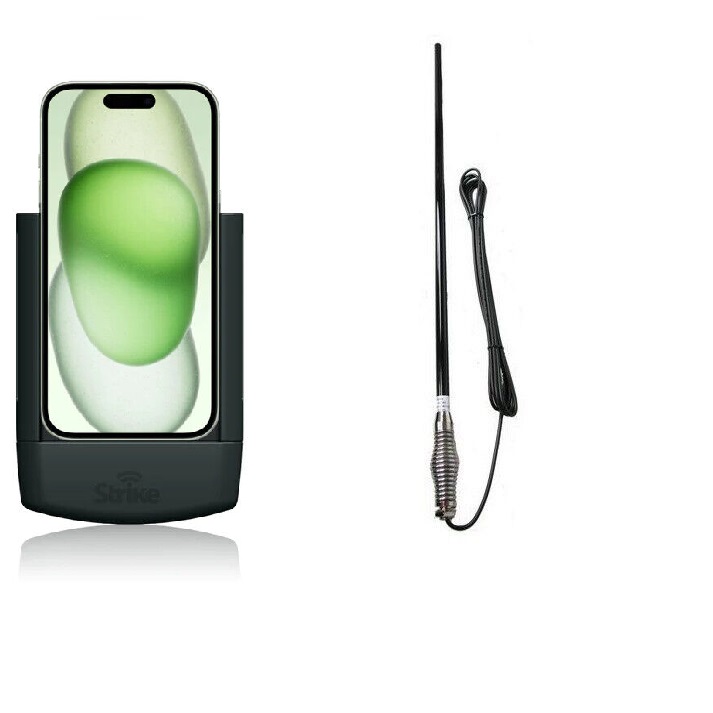
The iPhone 15 is expected to boast significant advancements in antenna technology, promising enhanced signal strength and data transfer speeds. This section delves into the factors contributing to improved antenna performance and explores how it compares to previous iPhone models.
Factors Affecting Signal Strength
The signal strength of the iPhone 15 is influenced by a combination of factors, including antenna design, network coverage, and environmental conditions.
- Antenna Design: The iPhone 15 is expected to feature a redesigned antenna system with improved placement and materials, optimizing signal reception and transmission. This includes a more efficient use of space and advanced antenna technologies for better signal capture and reduced interference.
- Network Coverage: The quality and availability of cellular networks play a crucial role in signal strength. Dense urban areas with strong network infrastructure generally offer better signal reception compared to rural areas with limited coverage.
- Environmental Conditions: Obstacles like buildings, mountains, and weather conditions can significantly impact signal strength. Signals can be weakened or blocked by physical barriers, and extreme weather conditions can disrupt network connectivity.
Comparison with Previous iPhone Models
The iPhone 15 is anticipated to offer improved signal strength compared to its predecessors. The enhanced antenna design, coupled with advancements in cellular technology, is expected to provide a more reliable and consistent signal.
- Increased Bandwidth: The iPhone 15 is expected to support faster cellular networks, enabling higher data transfer speeds.
- Improved Signal Quality: The advanced antenna design is expected to minimize signal dropouts and improve call quality, even in areas with weak reception.
Impact on Data Transfer Speeds and Call Quality
The improved antenna performance of the iPhone 15 is expected to translate into faster data transfer speeds and better call quality.
- Faster Data Transfers: With enhanced signal strength, the iPhone 15 can download and upload data at faster rates, supporting smoother streaming, faster web browsing, and more efficient file sharing.
- Clearer Calls: The improved antenna design contributes to a clearer and more stable voice connection, reducing dropped calls and improving overall call quality.
Potential Issues and Solutions
While the iPhone 15 promises improved antenna performance, there are still potential issues that can arise.
- Signal Interference: In crowded environments with multiple wireless devices, interference can affect signal strength.
- Network Congestion: During peak hours, network congestion can lead to slower data speeds and dropped calls.
To mitigate these potential issues, Apple is likely to implement advanced signal processing techniques and network optimization strategies to ensure consistent performance.
Antenna Technology and Innovations
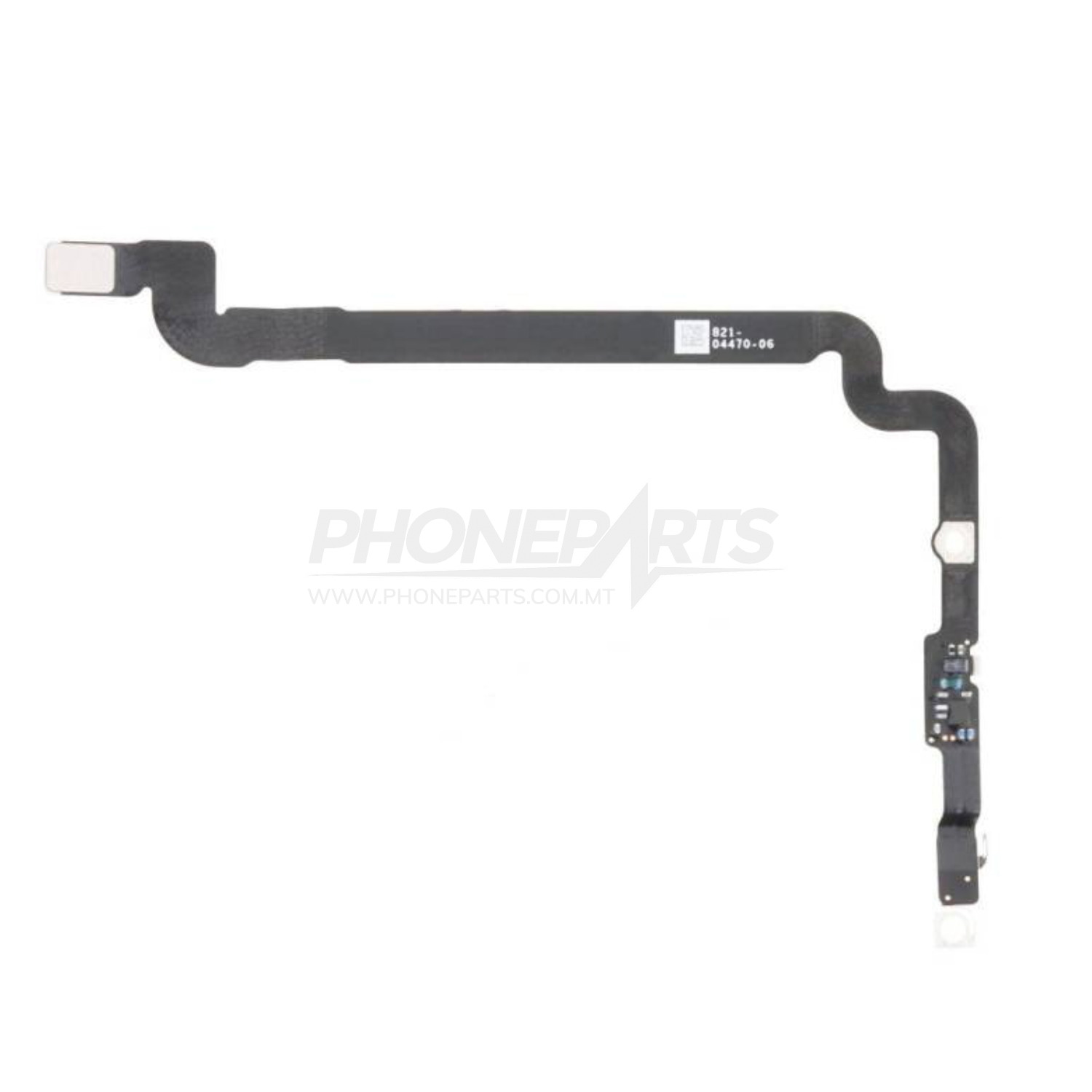
The iPhone 15 boasts cutting-edge antenna technology, pushing the boundaries of wireless communication and delivering unparalleled signal strength and performance. This section delves into the latest advancements in antenna design, exploring the role of AI and machine learning in optimizing performance and highlighting the potential future developments in this field.
Antenna Technology Advancements
The iPhone 15 incorporates a multitude of antenna innovations compared to its predecessors, significantly enhancing signal reception and data transfer speeds. These advancements include:
- Advanced MIMO (Multiple-Input Multiple-Output): This technology utilizes multiple antennas for both transmission and reception, effectively increasing data throughput and signal quality. The iPhone 15 features a more sophisticated MIMO system with a higher number of antennas, enabling greater bandwidth utilization and faster data transfer speeds, particularly in challenging environments like crowded areas or buildings with thick walls.
- Beamforming: This technique focuses signal transmission in a specific direction, enhancing signal strength and reducing interference. The iPhone 15’s beamforming capabilities have been significantly improved, allowing for more precise signal targeting and optimized data transmission, particularly in areas with high signal density.
- Adaptive Antenna Tuning: The iPhone 15 utilizes AI-powered adaptive antenna tuning, which dynamically adjusts antenna parameters based on the surrounding environment and signal conditions. This ensures optimal signal reception and performance across various network conditions, including weak signal areas or congested environments.
- Integrated Antenna Design: The iPhone 15 features an integrated antenna design, seamlessly integrating antennas into the device’s frame. This approach reduces the size and complexity of the antenna system, allowing for a more compact and aesthetically pleasing design while maintaining excellent signal performance.
Role of AI and Machine Learning
AI and machine learning play a pivotal role in optimizing antenna performance in the iPhone 15.
- Adaptive Antenna Tuning: AI algorithms analyze real-time signal conditions, including network congestion, interference levels, and user location, to dynamically adjust antenna parameters for optimal performance. This intelligent approach ensures consistent and reliable signal reception, even in challenging environments.
- Predictive Antenna Switching: AI-powered predictive algorithms can anticipate signal changes and proactively switch between different antennas for optimal performance. This ensures seamless connectivity and minimizes signal drops, enhancing user experience.
- Interference Mitigation: AI algorithms can identify and mitigate interference from other devices or networks, ensuring a clear and stable signal for the iPhone 15. This feature is particularly important in crowded environments with high levels of radio frequency interference.
Potential Future Developments, Iphone 15 antenna
The field of antenna technology is constantly evolving, with exciting developments on the horizon.
- Metamaterials: These advanced materials can manipulate electromagnetic waves, potentially leading to more efficient and compact antennas with improved performance.
- Reconfigurable Antennas: These antennas can dynamically adjust their shape and properties, enabling them to adapt to changing signal conditions and optimize performance.
- Integrated Antenna Arrays: Future iPhones could feature highly integrated antenna arrays, allowing for even greater signal strength and data throughput.
- 6G Technology: As 6G networks emerge, antenna technology will need to evolve to support the higher frequencies and data rates associated with this next-generation wireless standard.
Impact of 5G and Wi-Fi 6
The advent of 5G and Wi-Fi 6 has significantly impacted antenna design and performance.
- Higher Frequencies: 5G and Wi-Fi 6 operate at higher frequencies than previous generations, requiring more sophisticated antenna designs to effectively transmit and receive signals.
- Increased Bandwidth: The wider bandwidths of 5G and Wi-Fi 6 demand higher data rates, necessitating antenna systems capable of handling larger amounts of data.
- Beamforming and MIMO: These technologies are crucial for optimizing 5G and Wi-Fi 6 performance, ensuring efficient signal transmission and reception in complex environments.
Antenna Placement and Aesthetics
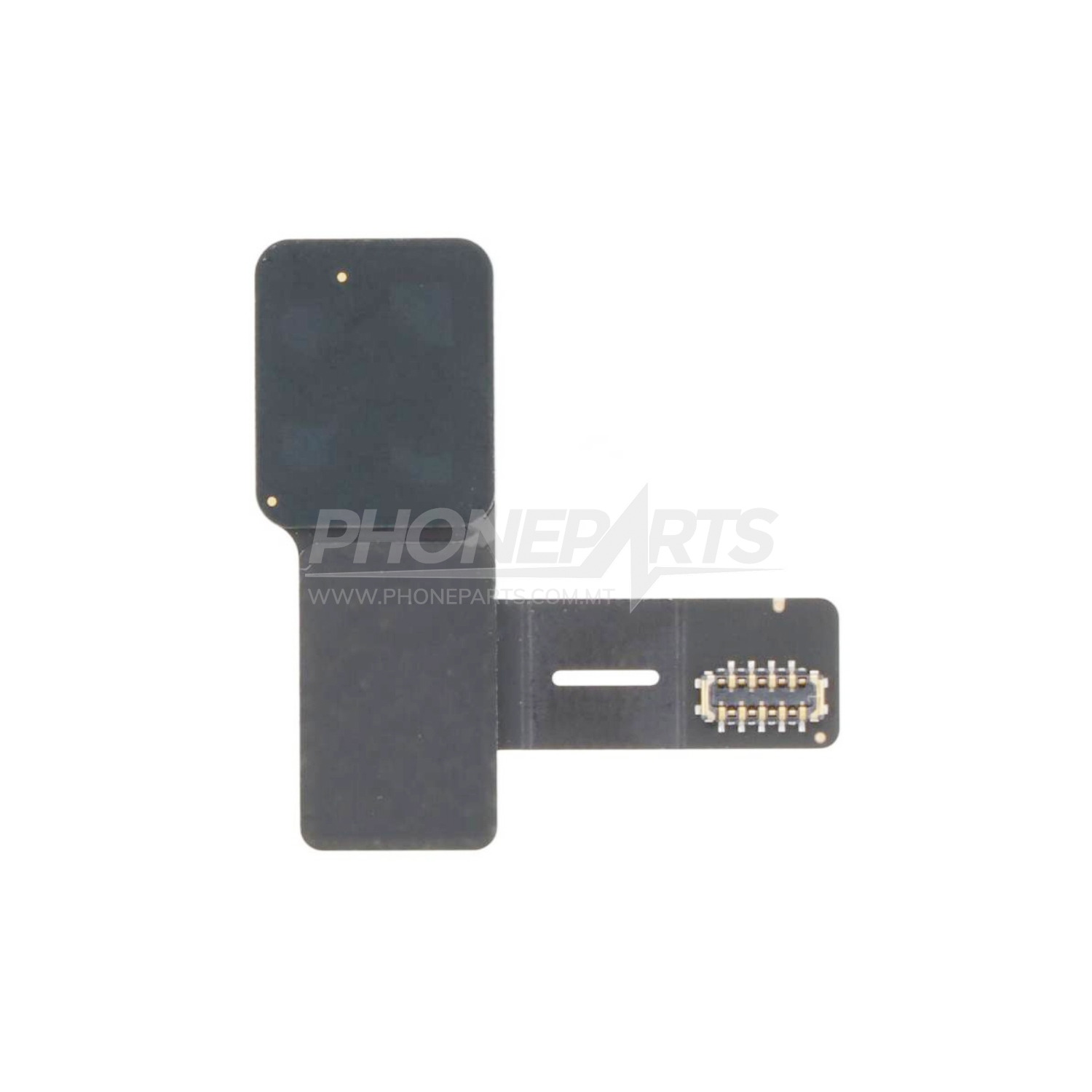
The strategic placement of antennas in the iPhone 15 plays a crucial role in both its functional performance and aesthetic appeal. Apple engineers meticulously consider the location of antennas to ensure optimal signal strength while maintaining a sleek and seamless design.
Antenna Placement Considerations
Antenna placement is a complex balancing act between functionality and aesthetics. Here’s a breakdown of the key considerations:* Signal Strength: Antennas need to be strategically placed to avoid interference from other components and maximize signal reception.
Design Aesthetics
Antennas should be discreet and blend seamlessly with the overall design of the device.
Ergonomics
Antenna placement should not compromise the user’s grip or comfort.
Material Choice
The material used for the antennas can impact their performance and appearance.
Antenna Placement in iPhone 15
The iPhone 15, like its predecessors, likely features a combination of internal and external antennas. * External Antennas: These are often found around the edges of the device, often integrated into the frame.
Internal Antennas
These are embedded within the device, often beneath the display or within the chassis.
Comparison to Other Flagship Smartphones
The antenna placement in the iPhone 15 is comparable to other flagship smartphones. Most manufacturers prioritize a sleek design, placing antennas discreetly around the edges or integrating them into the frame.
Impact of Antenna Placement on User Experience
Proper antenna placement contributes to a seamless user experience by ensuring strong signal strength and minimal interference.
Visual Representation
Image: A visual representation of the iPhone 15 antenna placement would show the external antennas discreetly placed around the edges of the device, possibly integrated into the frame. The internal antennas would be hidden within the device, invisible to the naked eye. This placement would contribute to a sleek and uninterrupted design while maintaining optimal signal strength.
User Experience and Antenna Issues
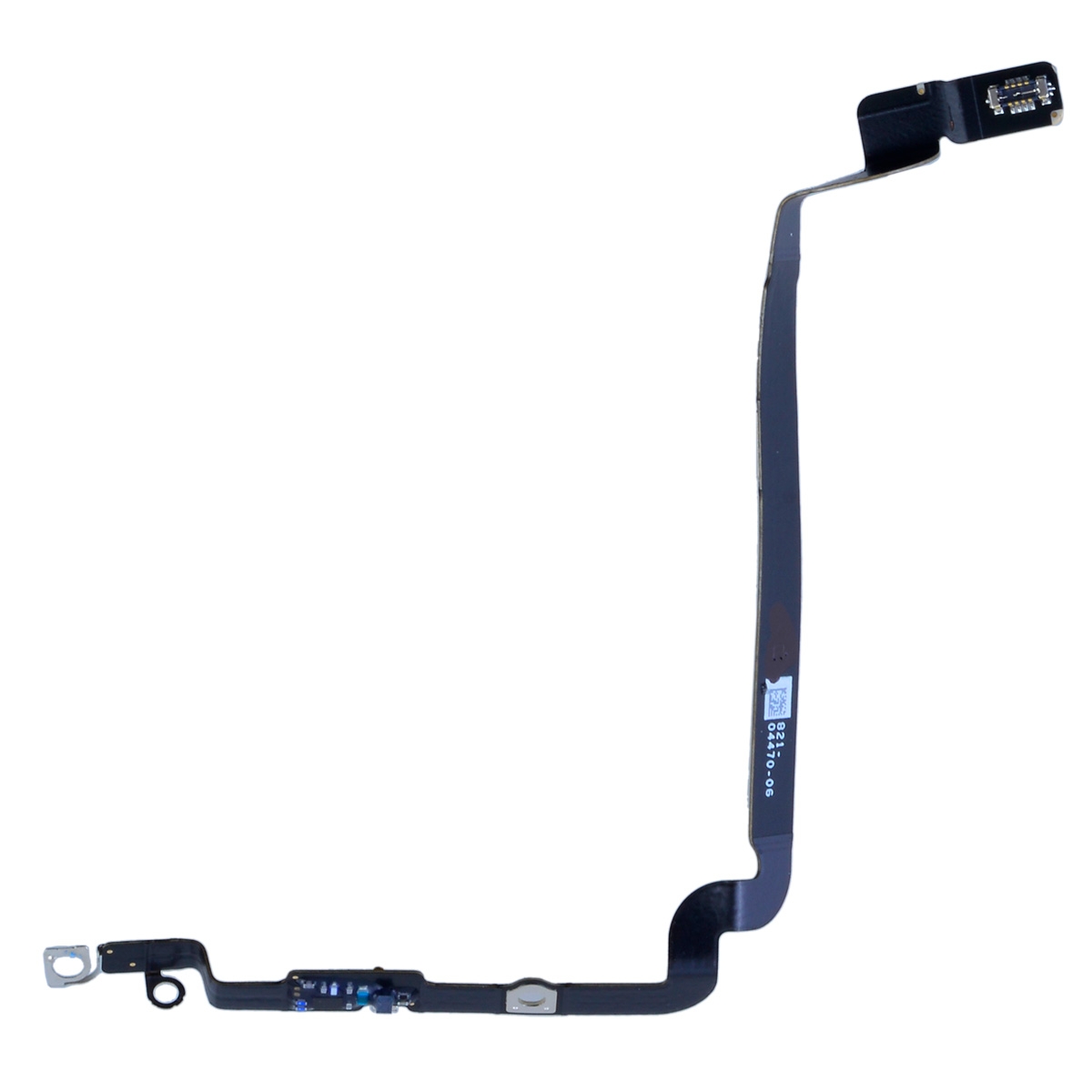
Antenna performance is a critical factor in ensuring a seamless user experience for any smartphone, and the iPhone 15 is no exception. A well-designed antenna system not only guarantees strong signal reception but also contributes to overall device longevity and user satisfaction.
Common Antenna Problems and Solutions
Antenna issues can significantly impact user experience. Previous iPhone models have encountered various antenna-related problems, including dropped calls, weak signal strength, and slow data speeds. Understanding these issues and their solutions is crucial for ensuring optimal performance in the iPhone 15.
- Dropped Calls: This issue often arises due to poor signal reception, which can be caused by factors such as antenna placement, signal interference, or network congestion. Solutions include optimizing antenna placement, using a case that doesn’t obstruct the antenna, and ensuring a clear line of sight to the nearest cell tower.
- Weak Signal Strength: This problem can occur when the antenna is unable to pick up a strong signal. Possible causes include antenna blockage, poor signal quality in the area, or interference from other devices. Solutions include relocating to an area with better signal strength, using a signal booster, or ensuring the antenna is not blocked by objects.
- Slow Data Speeds: Slow data speeds can be attributed to poor signal reception, network congestion, or limitations of the data plan. Solutions include ensuring a strong signal, checking network coverage in the area, and verifying data plan limits.
Impact of Antenna Design on User Satisfaction and Device Longevity
Antenna design plays a crucial role in user satisfaction and device longevity. A well-designed antenna system can significantly improve signal reception, reduce dropped calls, and enhance overall user experience.
- Signal Reception: A well-designed antenna system ensures strong signal reception, minimizing dropped calls and data interruptions. This leads to a smoother and more reliable user experience.
- User Satisfaction: Consistent and reliable signal reception contributes to user satisfaction by minimizing frustration and ensuring a seamless communication experience.
- Device Longevity: A well-designed antenna system can improve the overall lifespan of the device by reducing stress on the antenna and minimizing the risk of damage.
Importance of Antenna Testing and Quality Control
Thorough antenna testing and quality control are essential for ensuring a seamless user experience. These processes help identify and address potential antenna-related issues before the device reaches the consumer.
- Signal Strength Testing: This involves testing the signal strength in various environments and scenarios to ensure optimal performance.
- Interference Testing: This process assesses the antenna’s susceptibility to interference from other devices and electromagnetic sources.
- Durability Testing: This involves subjecting the antenna to various physical stresses to ensure its durability and resistance to damage.
User Guide to Address Potential Antenna-Related Issues
This user guide provides troubleshooting tips for potential antenna-related issues encountered in the iPhone 15:
- Check for Signal Strength: Ensure you have a strong signal by checking the signal bars in the status bar. If the signal is weak, try relocating to an area with better coverage.
- Remove Obstacles: Ensure that the antenna is not blocked by any objects, such as a case or your hand. Try removing any objects that may be obstructing the antenna.
- Restart Your Device: Sometimes, restarting your device can resolve temporary antenna issues. Turn off your iPhone and then turn it back on.
- Update Software: Ensure your iPhone has the latest software update. Software updates often include improvements to antenna performance and signal reception.
- Contact Carrier: If you are experiencing persistent antenna issues, contact your carrier for assistance. They may be able to provide troubleshooting tips or identify network-related issues.
Questions and Answers: Iphone 15 Antenna
Will the iPhone 15 antenna be better than previous models?
Apple promises improvements in antenna performance with the iPhone 15, including better signal strength and data transfer speeds. However, the actual performance will depend on various factors, including network coverage and the specific model you choose.
How does the antenna design impact the iPhone 15’s aesthetics?
Apple has always prioritized aesthetics, and the iPhone 15 is no exception. The antenna design is strategically placed to minimize visual impact while ensuring optimal signal strength. The placement and design of the antennas play a key role in achieving the sleek, modern look of the device.
What are the potential user experience issues related to the iPhone 15 antenna?
While Apple has taken steps to minimize potential issues, there’s always a chance of encountering antenna-related problems. Common issues include dropped calls, slow data speeds, and interference with other wireless devices. It’s important to note that these issues can also be influenced by network conditions and environmental factors.
